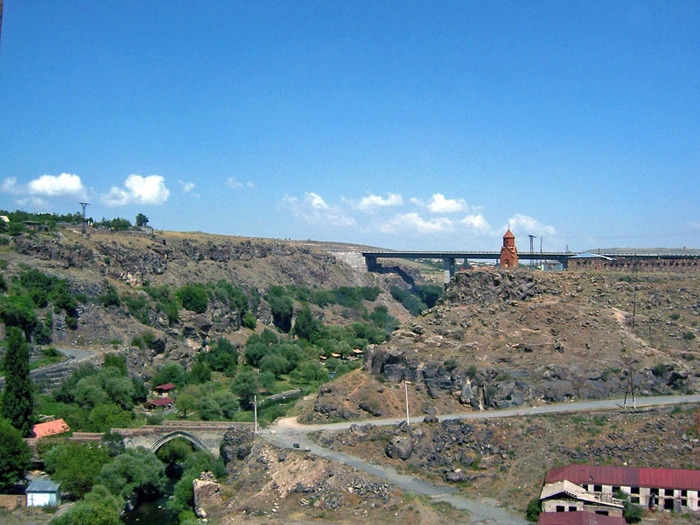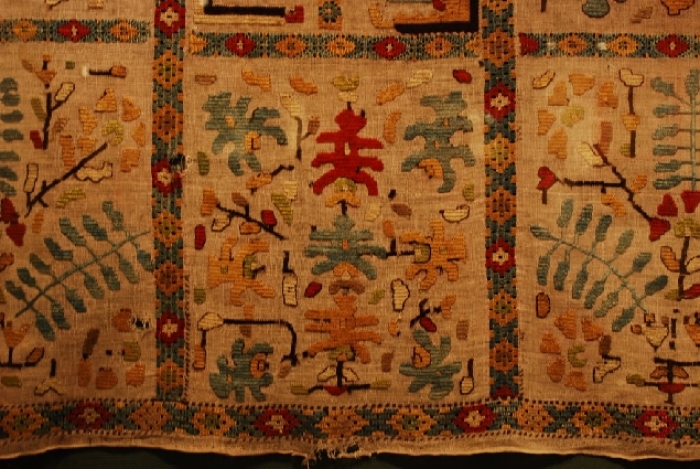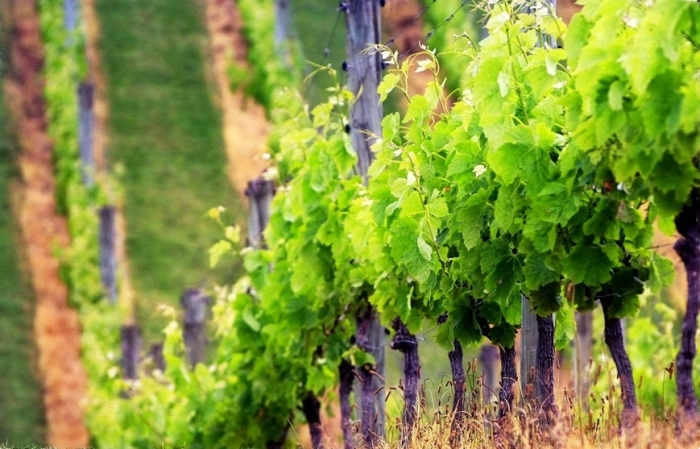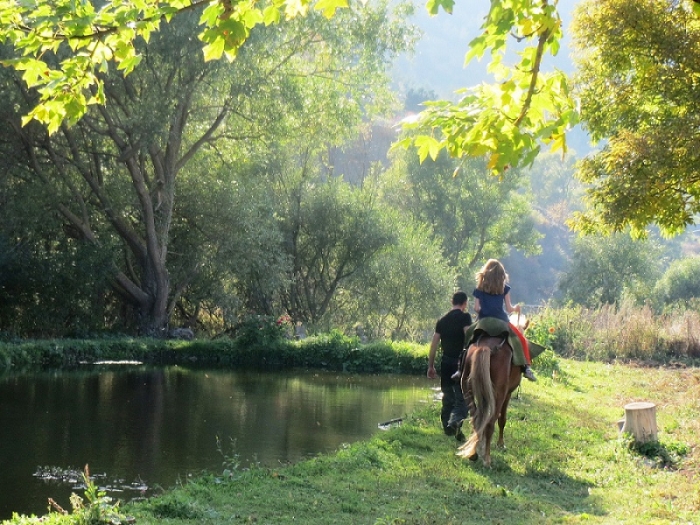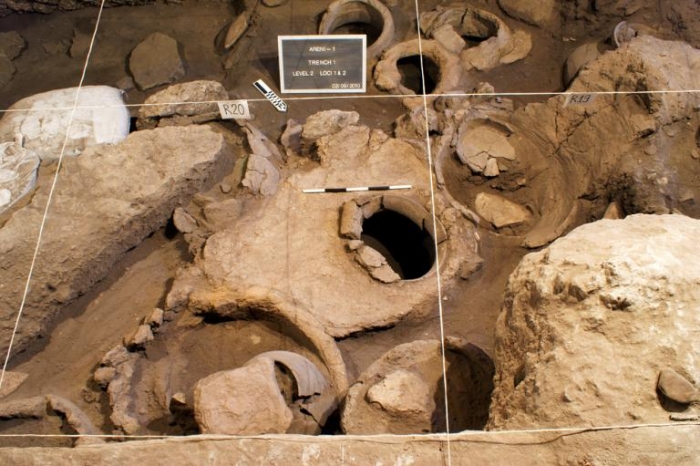Areni-1 Cave
According to the recent findings, the world's oldest known winery has been found in Vayots Dzor Region, Armenia. The excavations reveal that the winery was made on a burial site, which means that the winemaking could be dedicated to the dead.
Another finding followed with a discovery of 5,500-years-old shoe, which explains the fact that the sacred origin of the place required the removal of any fancy footwear.
The research conducted by archaeologist Georgy Areshyan of the University of California, Los Angeles revealed that Areni wine production is the earliest ever in the world. It is the first time archaeologists could have complete archaeological pictures of wine production dating back 6,100 years.
The prehistoric winemaking equipment was first detected in 2007 when excavations co-directed by Areshian and Armenian archaeologist Boris Gasparyan began at the Areni-1 cave complex.
In September 2010 archaeologists completed excavations of a large, 2-foot-deep (60-centimeter-deep) vat buried next to a shallow, 3.5-foot-long (1-meter-long) basin made of hard-packed clay with elevated edges.
The installation suggests the Copper Age vintners pressed their wine the old-fashioned way, using their feet, Areshian said.
Juice from the trampled grapes drained into the vat, where it was left to ferment, he explained.
One thing that would make the claim a bit stronger, though, said McGovern, who wasn't involved in the study, is the presence of tartaric acid, another chemical indicator of grapes. Malvidin, he said, might have come from other local fruits, such as pomegranates.
Twenty burials have been identified around the wine-pressing installation. There was a cemetery, and the wine production in the cave was related to this ritualistic aspect.



